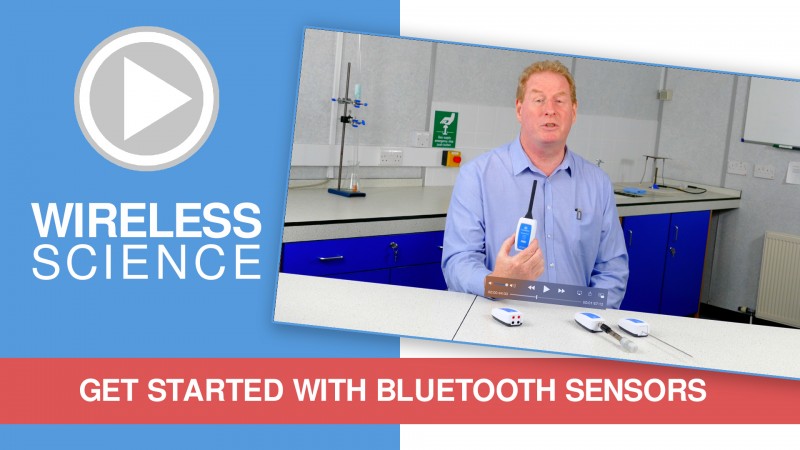Practical Investigations
The Smart Wireless UV Sensor can be used to investigate a number of scientific experiments such as:
Using the Slow range:
- Absorption of ultraviolet by different types of clothing (not related to colour)
- Whether the colour of clothing affects absorption of UV
- Investigate the UV protection provided by sunglasses
- Investigate absorption of UV radiation by suntan lotion
- Investigate how different material like plastic, glass (auto glass comparison), clothes, soft drinks, etc. absorb or reflect UV light
- Direct or diffuse solar radiation - a considerable amount of UV does not come directly from the sun but is scattered by the atmosphere
- Different light levels produce different UV levels
Using the Fast range:
- Variation of UV along a fluorescent tube compared to light output
Online Videos
Learn how to use data logging in the classroom with our Secondary Science Academy demonstration videos, which will walk you through using the new EasySense2 app and show you how to get hands-on with the latest Bluetooth wireless sensors. The video experiments will show you how to get the best out of your science lessons.
New online content is being continuously uploaded onto our YouTube channel, including practical worksheets as well as videos.
See our website for further information and links.
Explore Bluetooth SensorsAre you looking to make the jump to our smart wireless sensors? Or have you recently purchased them and want to know more about how they work? |
|
Explore EasySense2The core of our science platform is our EasySense2 software. In these videos you will learn everything from the basics of our software to the most in-depth features. |
|
Explore Science PracticalsSee our Smart Wireless Sensors in action with a range of practical experiments. This is the best way to get started with the new Bluetooth sensors! |



